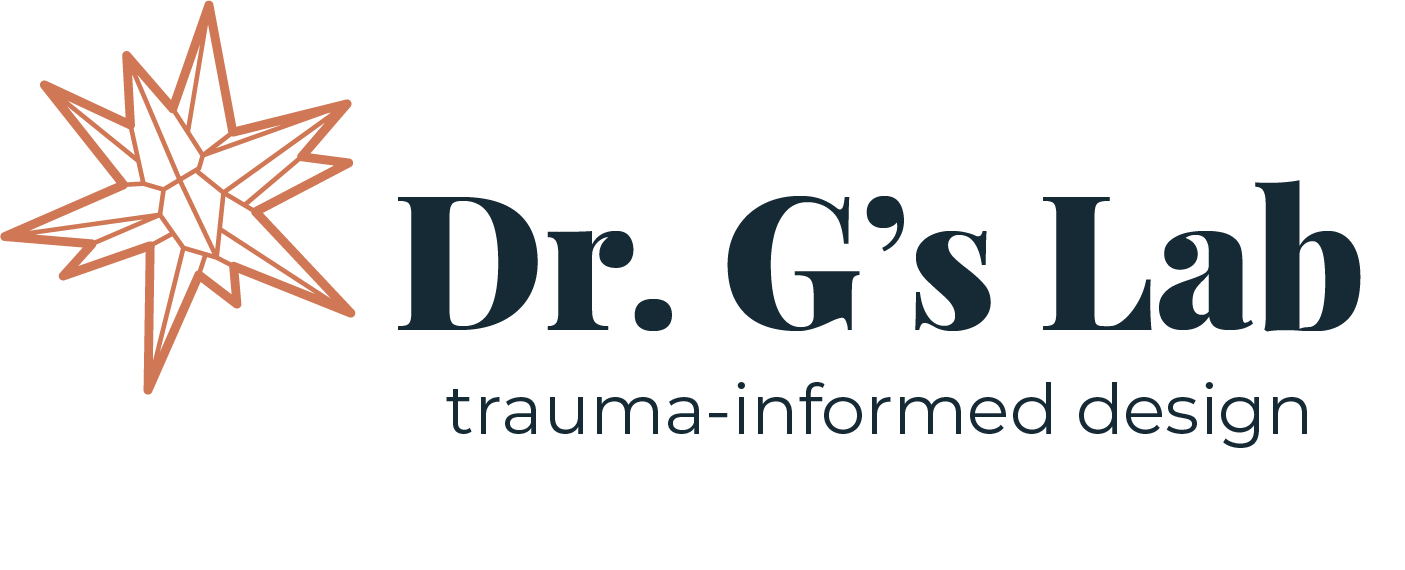Building Bridges: Bridging the Gap Between Youth and Youth-Serving Adults
In today's fast-paced world, the well-being of our youth takes center stage. As they navigate the challenges of adolescence and seek their place in society, the guidance and support of caring adults are crucial. Yet, a significant gap often separates the two.
The Youth Well-being Imperative
Youth well-being encompasses physical, mental, and emotional health, as well as social and educational development. Nurturing a strong support system is key to propelling young individuals toward positive growth and ensuring they have the resources to flourish.
The Essential Role of Youth-Serving Adults
Enter youth-serving adults—parents, teachers, mentors, coaches, and community leaders. They play a pivotal role in shaping the lives of young people, equipping them with skills to overcome challenges and reach their potential.
Bridging the Divide
Despite their shared mission, a gap often divides youth from the adults who guide them. Generational differences, communication barriers, and societal norms all contribute to this separation.
Overcoming Hurdles in Communication
Effective communication is a primary challenge in bridging this divide. Different perspectives, experiences, and communication styles can hinder trust and mutual understanding. This, in turn, makes it challenging to build meaningful connections.
Strategies to Foster Connection
1. Active Listening: Youth-serving adults must actively listen to young people's concerns, ideas, and opinions. This demonstrates respect, validates their experiences, and fosters trust and open communication.
2. Empathy and Understanding: Offering empathy and understanding creates a safe space for youth to express themselves without judgment. This foundation of trust and respect strengthens the relationship.
3. Youth Engagement: Involving young people in decision-making and actively seeking their participation empowers them and reinforces their value. Shared responsibility encourages collaboration and strengthens the bond between youth and adults.
4. Training and Education: Adequate training and education for youth-serving adults on adolescent development, effective communication, and youth culture understanding equip them with the tools to bridge the gap and effectively support youth.
In Closing
Bridging the divide between youth and youth-serving adults is vital for the well-being of the younger generation. By nurturing connections, breaking down communication barriers, and implementing practical strategies, we can create an environment where young people feel understood, valued, and empowered. Together, we can bridge the gap, ensuring brighter futures for the next generation.
